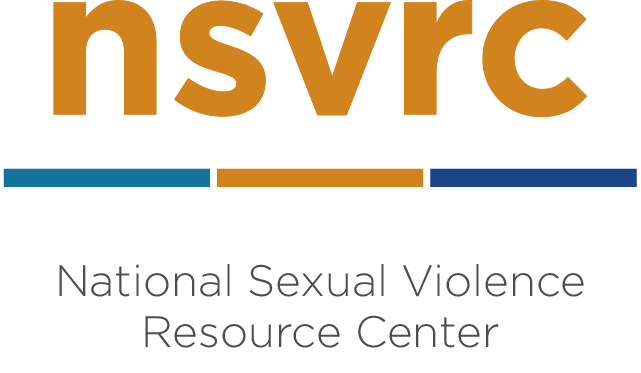© National Sexual Violence Resource Center – A division of Respect Together.
This website is supported by Grant / Cooperative Agreement 5 NUF2CE002510-05-00 from the Centers for Disease Control and Prevention. Its contents are solely the responsibility of the authors and do not necessarily represent the official views of the Centers for Disease Control and Prevention.
This website is supported by Grant Number 90EV0562-02-00 from the Office of Family Violence and Prevention Services within the Administration for Children and Families, a division of the U.S. Department of Health and Human Services. Neither the Administration for Children and Families nor any of its components operate, control, are responsible for, or necessarily endorse this website (including, without limitation, its content, technical infrastructure, and policies, and any services or tools provided). The opinions, findings, conclusions, and recommendations expressed are those of the author(s) and do not necessarily reflect the views of the Administration for Children and Families and the Office of Family Violence and Prevention Services.
sitemap | privacy policy
